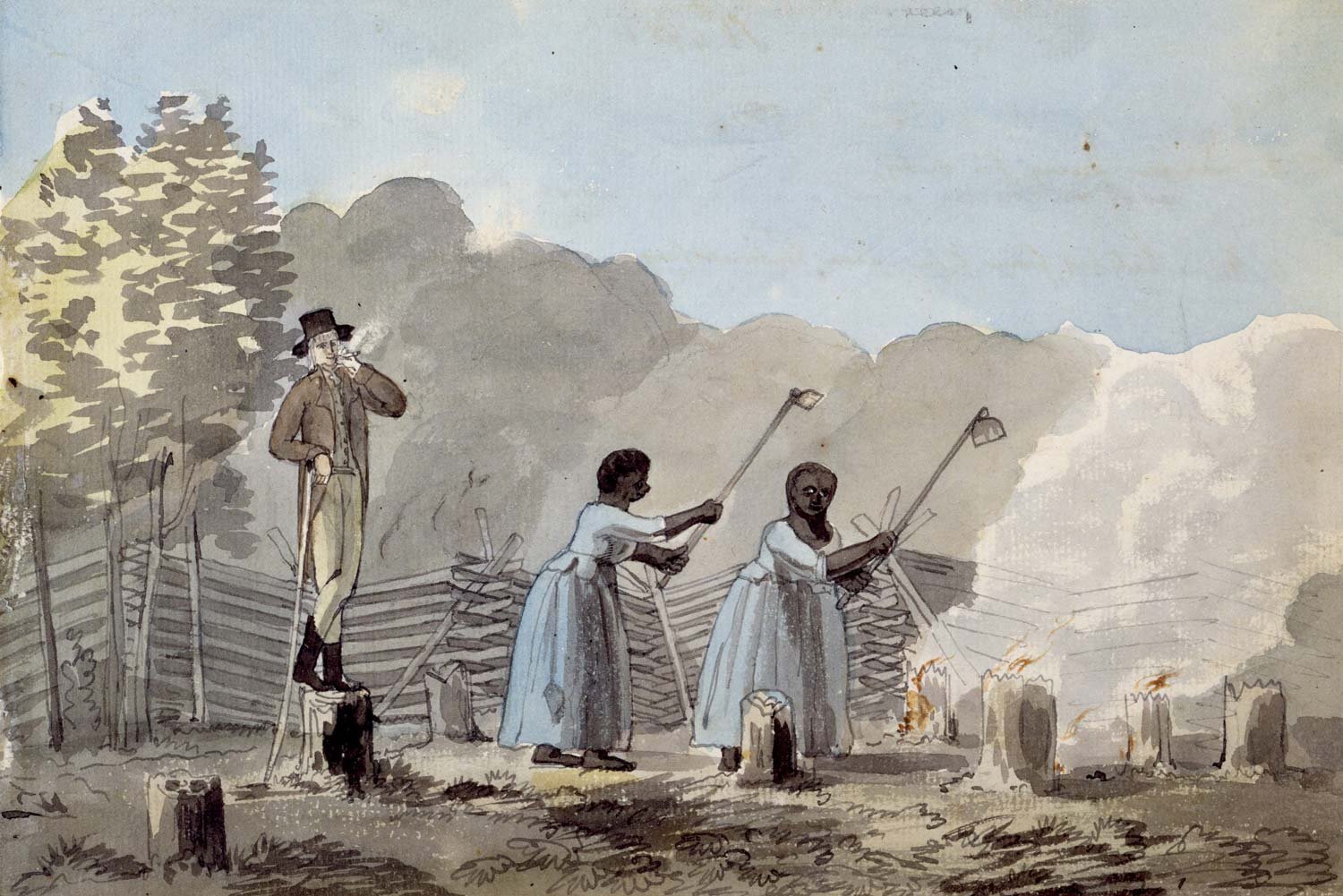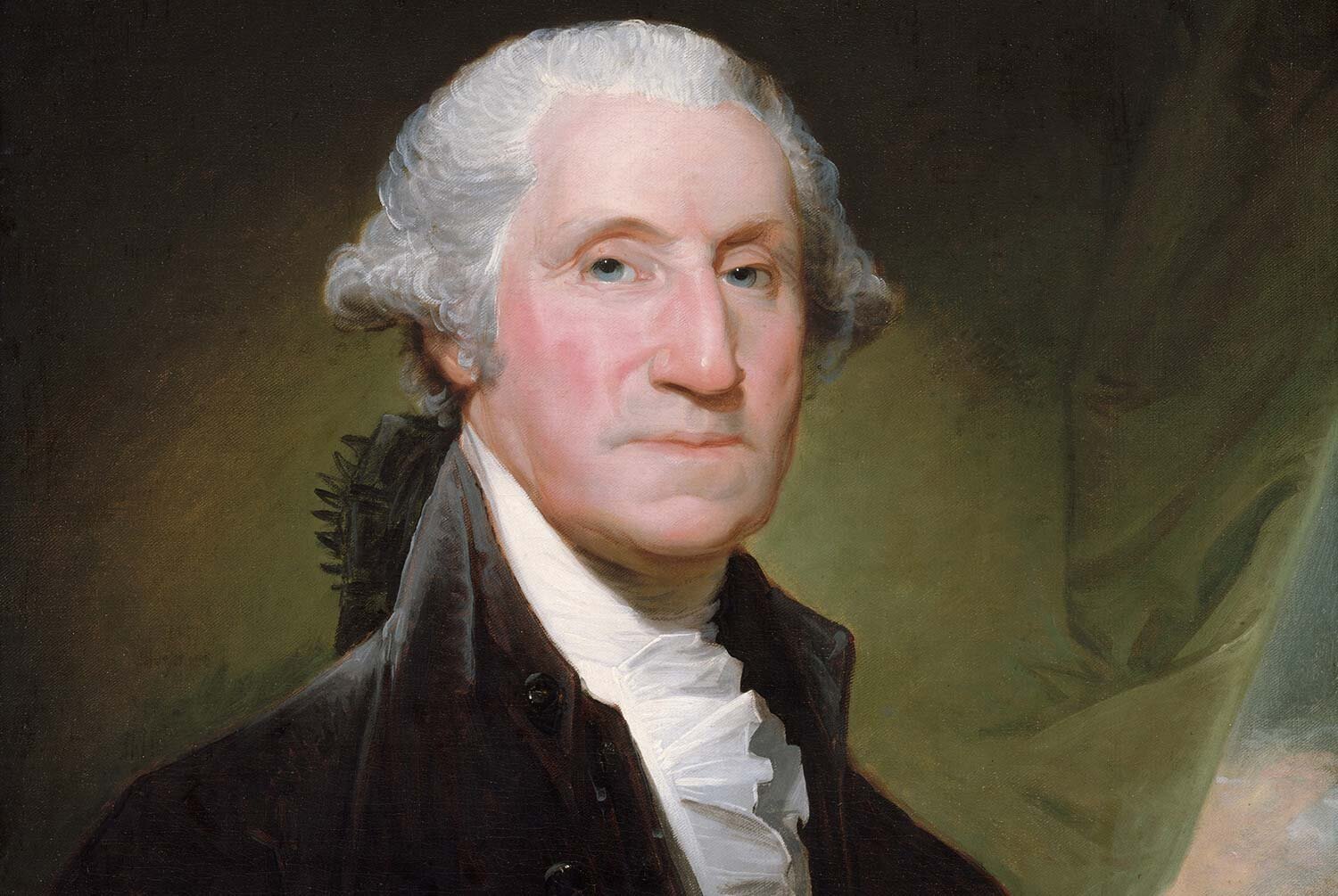The Federal Convention Opens
Under the Articles of Confederation, Congress lacked the authority to raise an army without the approval of the states, all treaties had to be unanimously approved, and most importantly, Congress did not have the power to levy taxes. Congress decided to hold a convention of all states in Philadelphia to review how to fix these and other issues. To add credibility to the convention, the primary organizers, James Madison and Alexander Hamilton, felt it was critical for George Washington to attend. Washington reluctantly agreed to represent Virginia at the gathering, and was unanimously chosen to preside over the convention, which began on May 25, 1787 in Philadelphia.
Tom Hand, creator and publisher of Americana Corner, discusses the opening of the Federal Convention, and why it still matters today.
Images courtesy of Yale University Art Gallery, National Archives, Library of Congress, Brown University Library, Architect of the Capitol, National Portrait Gallery - Smithsonian Institution, The Metropolitan Museum of Art, The New York Public Library, Virginia Museum of Fine Arts, Wikipedia.




On March 4, 1789, the Constitutional government, largely the creation of James Madison’s fertile mind, took effect. Naturally, Madison was there at the start to help President George Washington implement and execute this new government. But within a matter of just a few years, Madison would be opposed to the new administration that he helped bring to power as he saw the federal government going in a direction he had not envisioned. Madison’s about face, arguably the greatest political transformation by a national figure in American history, came about largely because of differing ideas regarding what the new government should look like.